
Blog
How to Choose the Right Bulk Plastic Containers for Your Business Needs
In today's fast-paced business environment, the efficient storage and transportation of goods are paramount, making the choice of the right packaging essential. Bulk plastic containers have become a cornerstone in various industries, offering durability, cost-efficiency, and flexibility. According to a recent report by Smithers Pira, the global plastic containers market is projected to reach $200 billion by 2026, highlighting the growing demand for effective bulk packaging solutions.
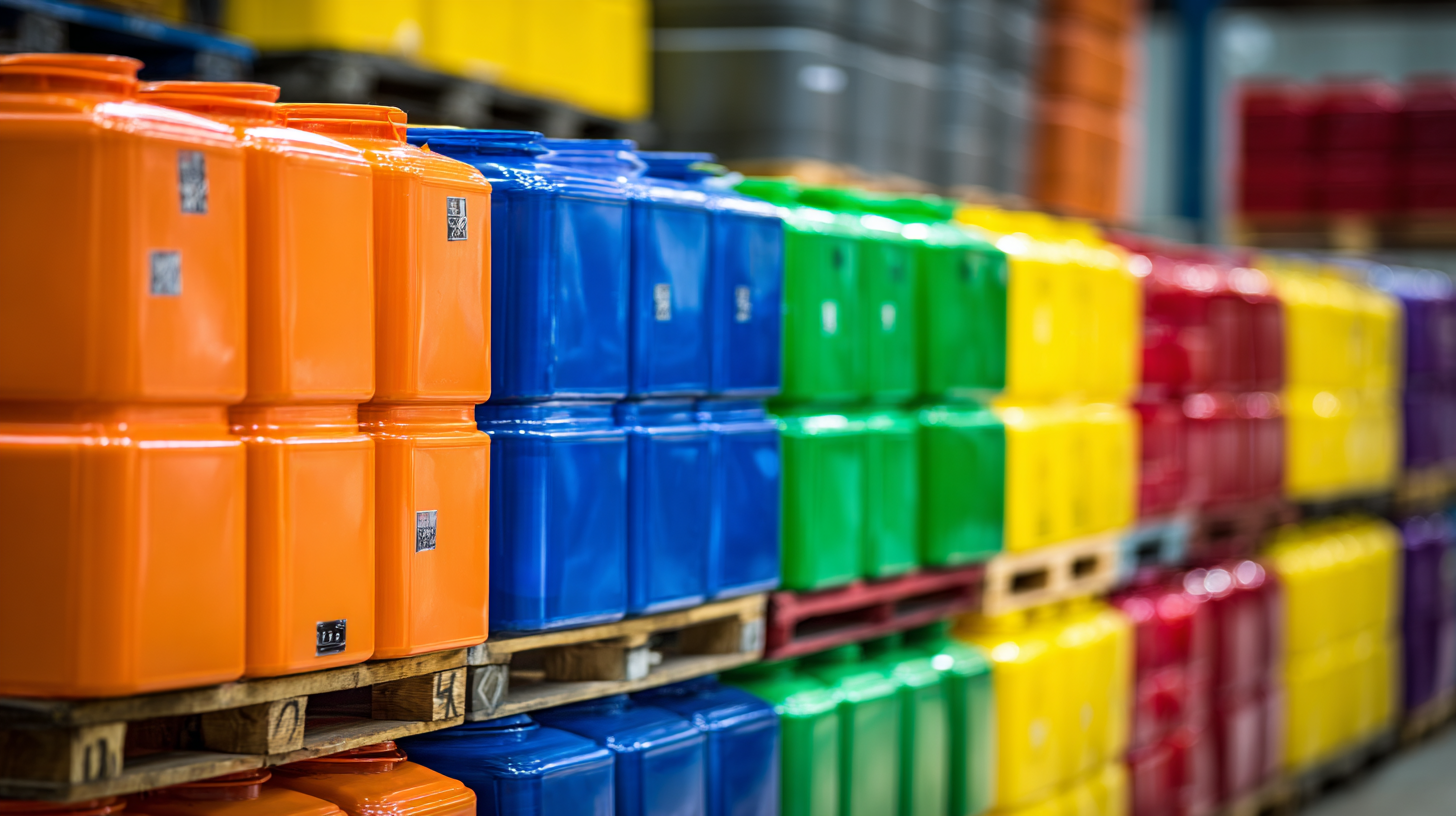
Choosing the right bulk plastic containers can significantly enhance operational efficiency, reduce costs, and improve sustainability practices. However, with the myriad of options available, it can be challenging for businesses to identify containers that meet their specific needs. This blog will guide you through the critical factors to consider when selecting bulk plastic containers, ensuring that your choice aligns with your operational requirements and contributes to your overall success.
Identifying Your Specific Business Requirements for Bulk Plastic Containers
When selecting bulk plastic containers for your business, it’s crucial to first pinpoint your specific requirements. Consider the nature of the materials you will store—whether they are liquids, powders, or granules—as this will significantly influence your choice. For instance, if you are dealing with food products, opting for FDA-approved containers is essential to ensure safety and compliance with health regulations. Additionally, evaluate the quantity you need; larger volumes may benefit from stackable designs that optimize storage space and enhance efficiency.
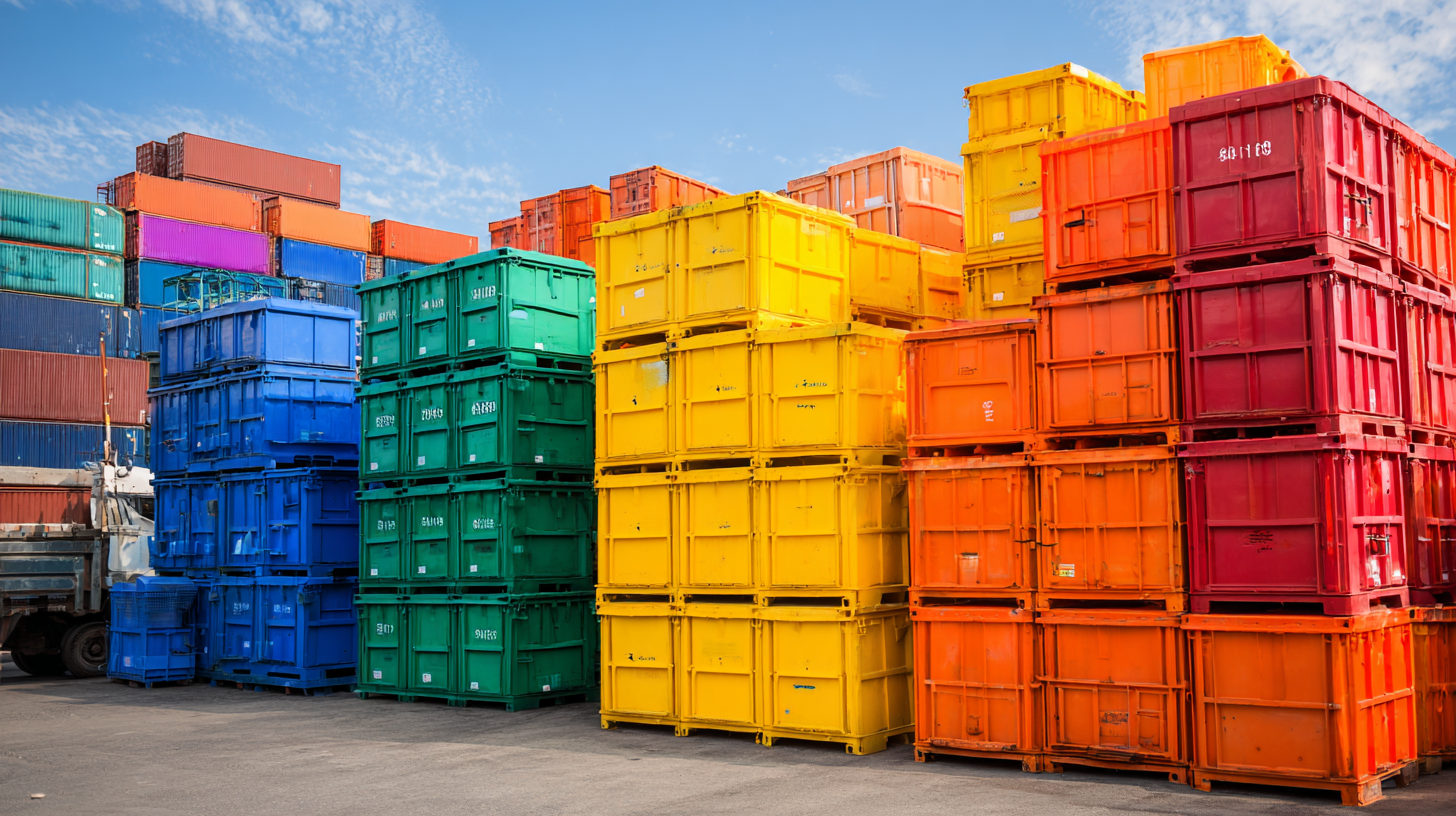
Beyond the basic functionality, think about sustainability and environmental impact. With the increasing focus on reducing plastic waste, adopting containers that can be reused or recycled aligns with a circular economy model. Furthermore, it is important to stay informed about regulatory compliance. Recent shifts in legislation regarding plastic waste management and bans on single-use plastics necessitate a proactive approach in choosing containers that meet current standards. This will not only help you avoid potential fines but also signify your commitment to eco-friendliness in your operations.
Understanding Different Types of Bulk Plastic Containers Available
When selecting bulk plastic containers for your business, it's crucial to understand the various types available in the market. Bulk containers, often referred to as Intermediate Bulk Containers (IBCs), can be categorized into rigid containers, collapsible bins, and bulk totes. According to a recent report by Smithers Pira, the global market for bulk plastic containers is projected to reach $4.5 billion by 2025, underscoring their growing significance across industries such as food and beverage, chemicals, and pharmaceuticals.
Rigid containers are typically made from high-density polyethylene (HDPE) or polypropylene, making them ideal for transporting hazardous materials due to their durability and resistance to chemicals. On the other hand, collapsible bins offer space efficiency for businesses that require flexibility and ease of storage, as they can be folded flat when not in use. In fact, studies indicate that using collapsible bins can save up to 30% in shipping costs compared to standard rigid containers. Bulk totes, meanwhile, cater to bulk storage needs and often come equipped with ergonomic designs for easier handling, proving essential for operations that require frequent movement of goods.
Understanding these different types empowers businesses to make informed decisions based on their specific needs. In sectors where sustainability is a priority, opting for recycled plastic containers can also enhance the environmental profile of a company, aligning with consumer demand for eco-friendly practices. As such, evaluating both functionality and sustainability when selecting bulk plastic containers can significantly impact operational efficiency and brand reputation.
Evaluating Material Durability and Safety Standards for Your Industry
When selecting bulk plastic containers for your business, evaluating material durability and safety standards specific to your industry is crucial. According to a report by Freedonia Group, the demand for plastic containers is projected to reach $42 billion by 2025, driven largely by the necessary compliance with stringent safety regulations in sectors such as food and pharmaceuticals. The materials chosen must not only withstand various physical stresses but also meet industry-specific safety standards, such as the FDA regulations for food-grade materials or ISO certifications for pharmaceuticals.
Durability is not solely about resistance to impact or temperature variations; it also involves the longevity of the container under repeated use. A study by the American Chemistry Council indicates that high-density polyethylene (HDPE) and polypropylene (PP) are among the most popular choices due to their robust properties, including high chemical resistance and long service life. For sectors dealing with hazardous materials, adhering to the UN regulations concerning the transport of dangerous goods is essential, ensuring that your containers are fit for purpose and ultimately safeguard your workforce and consumers alike.
Material Durability Comparison of Bulk Plastic Containers
This bar chart compares the durability ratings of various materials used in bulk plastic containers, helping businesses to choose the right option based on industry standards.
Assessing Storage Space and Transportation Logistics for Container Selection
When selecting bulk plastic containers for your business, it’s crucial to thoroughly assess your storage space and transportation logistics. Understanding your available storage space enables you to choose containers that not only fit well but also optimize your operational efficiency. Consider factors such as the dimensions of your warehouse, stacking capabilities, and access routes for loading and unloading. These considerations ensure that you maximize your space utilization while maintaining a safe and organized environment.
Moreover, transportation logistics play a significant role in your container selection process. As supply chain strategies evolve, leveraging advanced technologies such as deep learning and machine learning can enhance the decision-making framework. These tools can help analyze the cost efficiency and feasibility of different transport methods for your bulk containers, whether by road, rail, or intermodal transport. By integrating these insights, businesses can better align their container choices with logistical requirements, thus reducing delays and improving overall supply chain performance.
How to Choose the Right Bulk Plastic Containers for Your Business Needs
| Container Type | Dimensions (L x W x H) | Material | Weight Capacity (lbs) | Stackable | Ideal Use Case |
|---|---|---|---|---|---|
| Rectangular Bin | 48" x 40" x 34" | Polyethylene | 1200 | Yes | Shipping & Storage |
| Stackable Container | 24" x 12" x 12" | Polypropylene | 75 | Yes | Retail Display & Storage |
| Heavy-Duty Tote | 30" x 20" x 15" | Polyethylene | 150 | Yes | Industrial Parts |
| Food Grade Container | 36" x 24" x 12" | Polyethylene | 250 | Yes | Food Storage |
| Customizable Bin | Varies | Polypropylene | 100 | Yes | Flexible Storage Solutions |
Cost-Effectiveness: Balancing Quality and Budget When Choosing Containers
When selecting bulk plastic containers for your business, cost-effectiveness remains a critical consideration. According to a report from IBISWorld, the plastic container manufacturing industry is projected to grow by 3.5% annually, emphasizing the importance of balancing quality and budget. Investing in high-quality containers can reduce long-term costs, as more durable options tend to have a longer lifespan and lower failure rates. In contrast, opting for cheaper alternatives might save money upfront but could lead to frequent replacements and increased overall expenditure.
Tips for selecting the right containers include carefully assessing the material used—polyethylene and polypropylene are popular due to their durability and resistance to chemicals. Additionally, consider the intended use of the containers. For food storage, investing in FDA-approved options may be more costly but ultimately ensures safety and compliance. Another essential factor is the container size; choosing the right dimensions can result in optimized shipping and storage, reducing costs associated with waste and inefficiency. Remember, a well-thought-out investment in bulk plastic containers can lead to improved operational efficiency and significant savings over time.
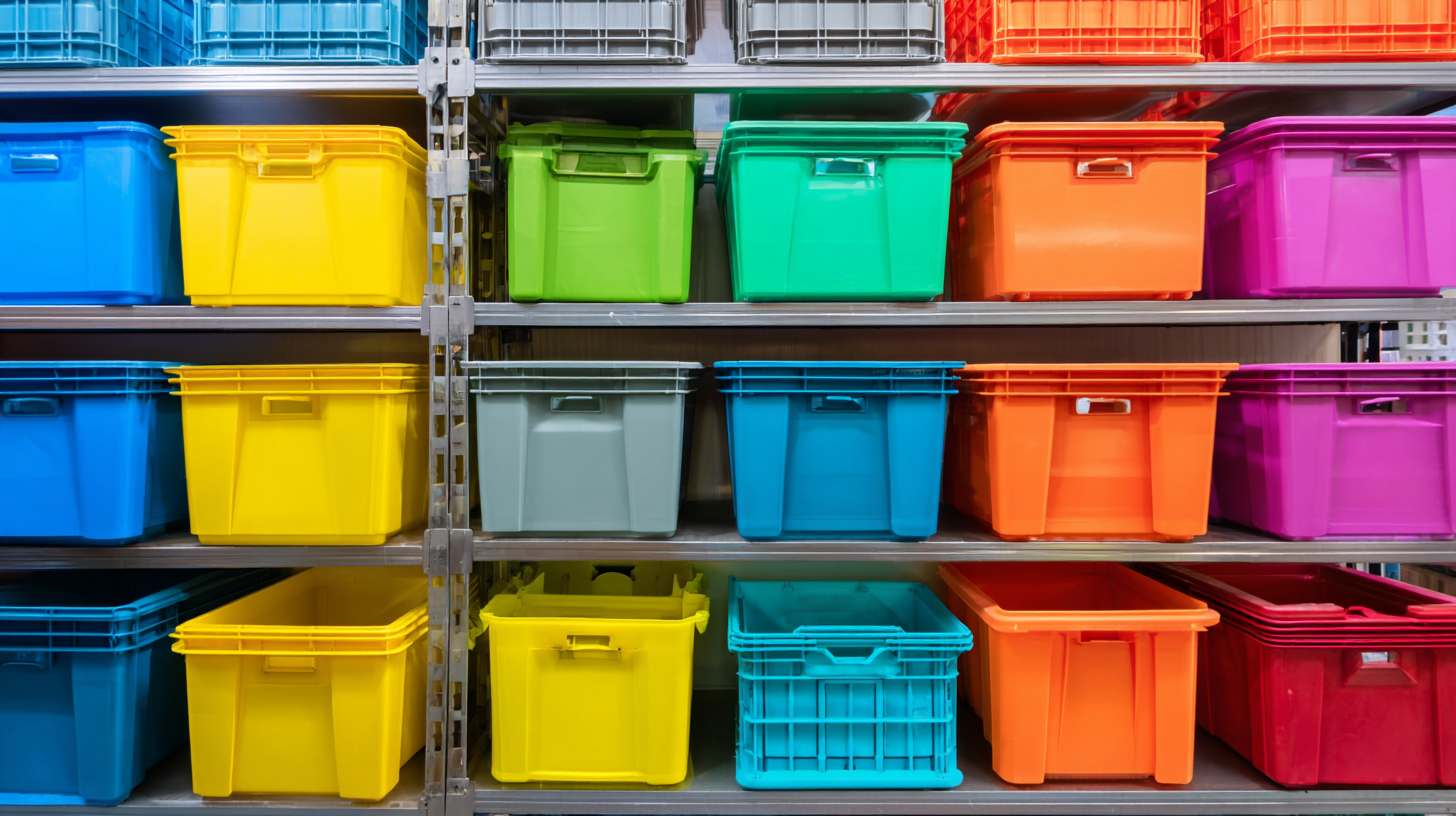
Related Posts
-
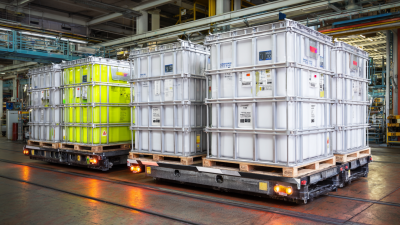
Innovative Solutions for Maximizing Efficiency with Best Plastic Bulk Containers
-
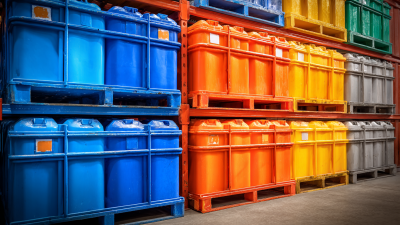
2025 Trends in Plastic Bulk Containers: A Comprehensive Guide to Innovations and Best Practices
-

Ultimate Guide to Sourcing Bulk Containers for Your Business Needs
-

Navigating Challenges with Plastic Bulk Containers: Common Issues and Solutions for Global Buyers
-

The Future of Ecofriendly Take Out Food Containers
-
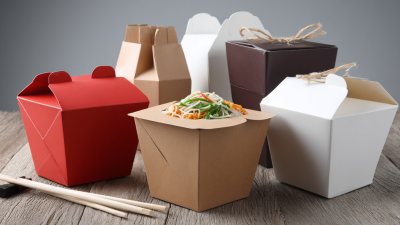
7 Compelling Reasons to Choose the Best Take Out Boxes for Your Business
